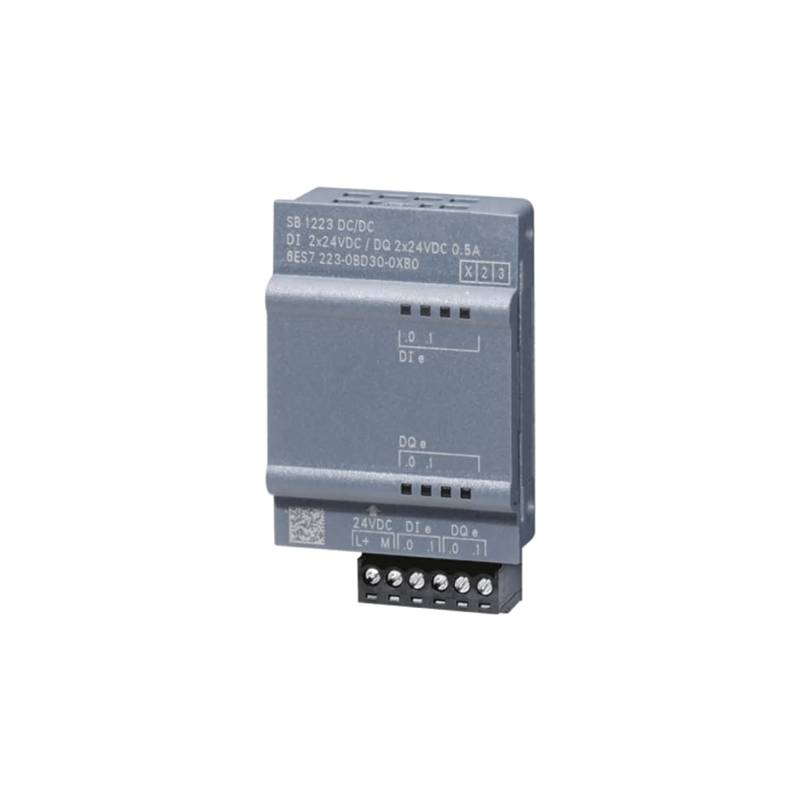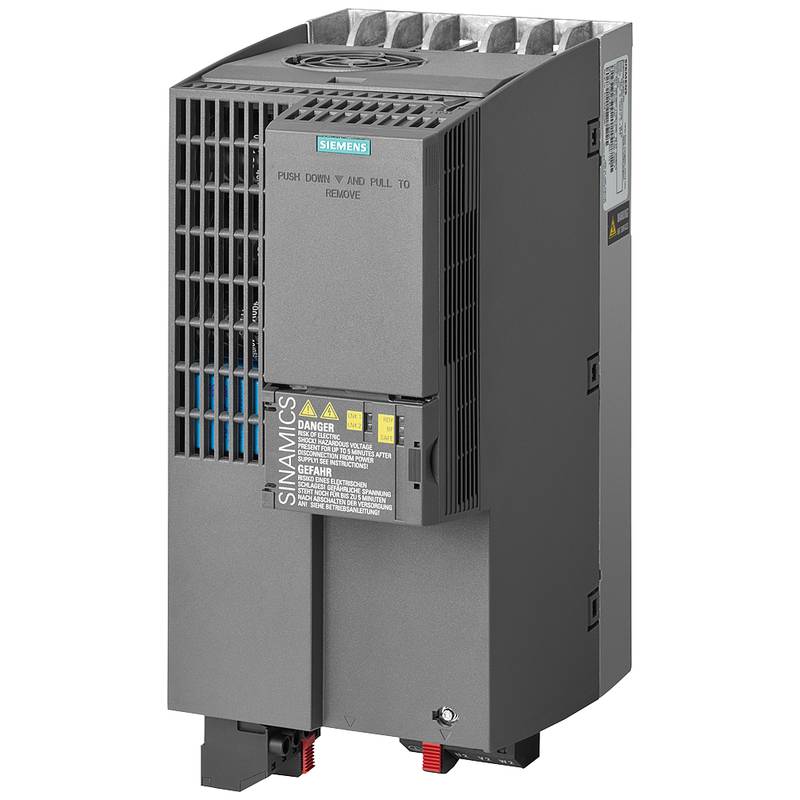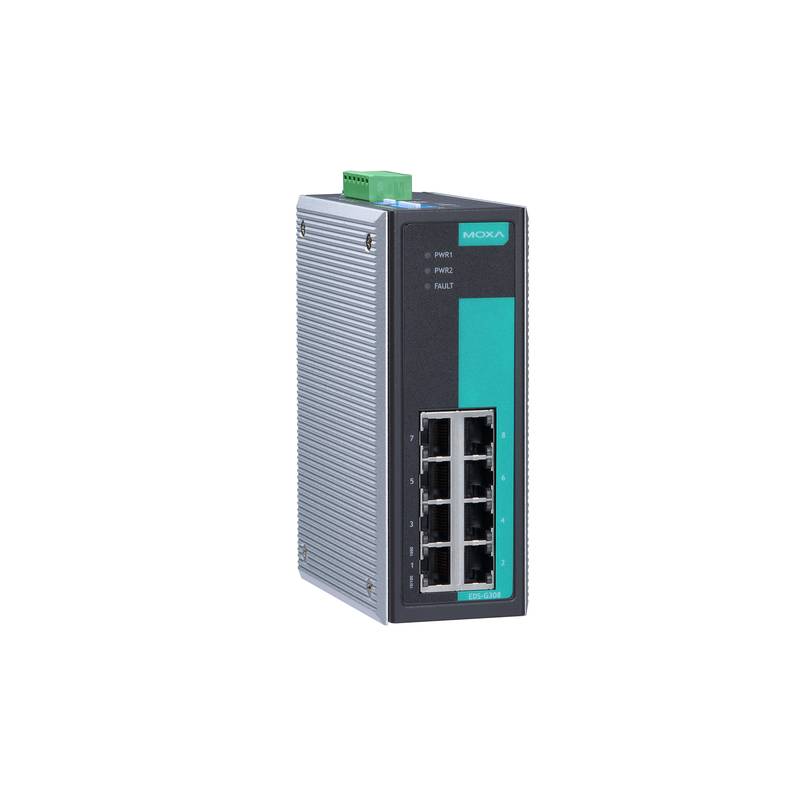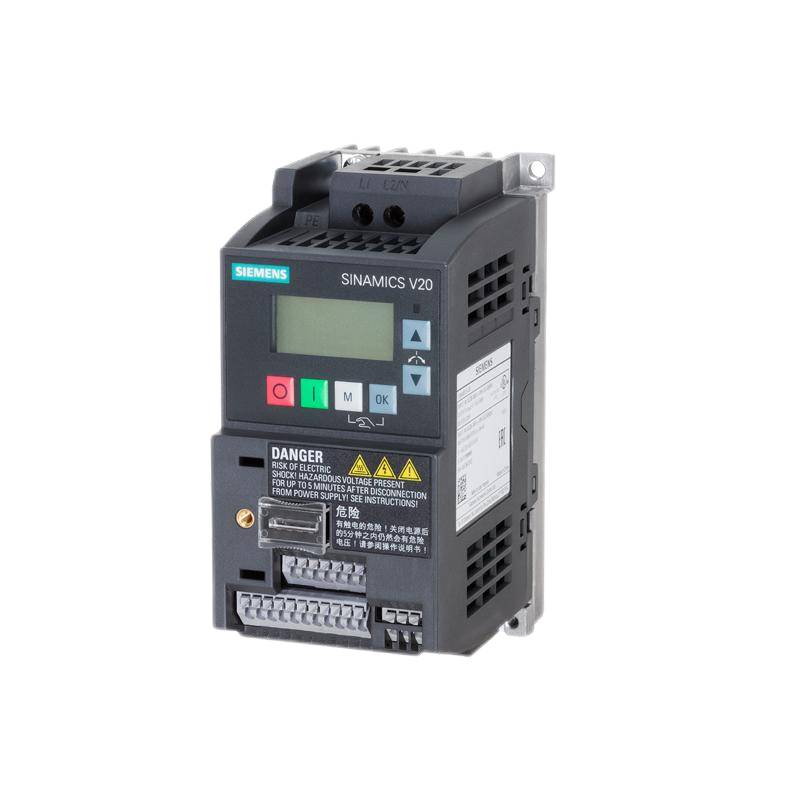
The Siemens 5SU9356-2CN20 RCBO offers robust electrical equipment protection with a 20A current rating, 30mA sensitivity, and a single-pole + neutral configuration, featuring D-curve tripping characteristics for enhanced safety and operational continuity. This advanced residual current circuit breaker with overcurrent protection (RCBO) is engineered for demanding industrial environments, providing a reliable defense against overload, short circuits, and dangerous earth leakage currents. Its compact design and high breaking capacity ensure efficient integration into electrical panels, making it a cornerstone for safeguarding personnel and valuable assets.
Product Specifications
| Specification | Value |
| :------------------------- | :---------------------------------- |
| Product Type | RCBO (Residual Current Circuit Breaker with Overcurrent Protection) |
| Manufacturer | Siemens |
| Model Number | 5SU9356-2CN20 |
| Rated Current (In) | 20 A |
| Residual Current (IΔn) | 30 mA |
| Number of Poles | 1P+N (Single Pole + Neutral) |
| Tripping Characteristic | Type D |
| Rated Breaking Capacity | 6 kA |
| Rated Voltage (Un) | 230/240 V AC |
| Frequency | 50/60 Hz |
| Terminal Type | Screw Terminals |
| Mounting Type | DIN Rail |
| IP Protection Rating | IP20 (device), IP40 (enclosure) |
| Ambient Temperature Range | -25°C to +45°C |
| Standards Compliance | IEC/EN 61009-1, IEC/EN 60898-1 |
Core Features & Market Positioning
The Siemens 5SU9356-2CN20 distinguishes itself through its Type D tripping curve, a critical feature for applications with high inrush currents, such as motor starting or transformer circuits, without causing nuisance tripping. This D-curve characteristic provides a wider operational window compared to standard B or C curves, safeguarding sensitive equipment while ensuring robust protection against overcurrents and earth faults. Its integrated residual current detection (30mA sensitivity) offers crucial personal protection against electric shock, a paramount concern in industrial settings. The combination of overcurrent and earth leakage protection in a single, compact unit simplifies installation, reduces panel space, and lowers overall system costs, positioning it as a highly efficient and cost-effective solution for modern electrical distribution systems. Siemens' reputation for quality and reliability further cements the 5SU9356-2CN20's market position as a premium component for critical infrastructure protection.
Key Application Scenarios
This Siemens RCBO is ideally suited for protecting individual circuits in industrial machinery, control panels, and distribution boards where inductive loads with high starting currents are prevalent. Common applications include safeguarding motors, transformers, and lighting systems that experience significant inrush currents, ensuring uninterrupted operation while maintaining safety standards. In commercial settings, it serves to protect sensitive electronic equipment and office machinery from electrical disturbances. Furthermore, its 30mA sensitivity makes it compliant with regulations requiring enhanced personal protection, such as in workshops, laboratories, and areas where the risk of electric shock is elevated. The 5SU9356-2CN20 is a versatile solution for any scenario demanding reliable overcurrent and earth leakage protection for loads that exhibit D-curve tripping behavior.
Practical System Integration Guidance
Integrating the Siemens 5SU9356-2CN20 RCBO into existing electrical systems is straightforward due to its standard DIN rail mounting and terminal configuration. Ensure the main power supply is de-energized before commencing any wiring. Connect the incoming phase and neutral conductors to the designated line terminals, typically marked with an arrow indicating the direction of current flow. The outgoing load conductors are then connected to the corresponding load terminals. For safety and compliance, it is crucial to ensure proper grounding of the protected equipment. The RCBO's compact footprint simplifies integration into crowded distribution boards, and its clear labeling facilitates straightforward identification and maintenance. Always refer to the manufacturer's installation manual for specific wiring diagrams and local electrical codes.
Operation and Risk Mitigation
The Siemens 5SU9356-2CN20 operates by continuously monitoring the current flowing through the phase and neutral conductors. If an imbalance is detected, indicating a potential earth leakage fault, the device will trip rapidly to interrupt the circuit. Similarly, if the current exceeds the rated limit due to an overload or short circuit, the integrated overcurrent protection will activate, also tripping the device. The D-curve characteristic ensures that transient overcurrents, such as those occurring during motor start-up, do not trigger a false trip, thereby enhancing operational stability. Regular testing of the RCBO using its integrated test button is essential to verify the functionality of the residual current tripping mechanism and mitigate risks associated with faulty protection. In the event of a trip, inspect the protected circuit for the cause of the fault (e.g., insulation damage, overload) before resetting the device.
Scalability & Long-Term Value
The modular design of Siemens’ S200 series, to which this RCBO belongs, ensures excellent scalability and compatibility with other Siemens protection and switching devices. This interoperability allows for straightforward expansion and modification of electrical installations as demands evolve. For industrial applications embracing digitalization, the 5SU9356-2CN20 serves as a reliable foundational component within smarter electrical systems, working in conjunction with energy monitoring and automation platforms. Its robust construction and adherence to international standards guarantee a long operational lifespan, minimizing the need for premature replacements and contributing to the long-term economic value of the electrical infrastructure. Integrating these reliable protection devices is a key step in building resilient and future-proof electrical systems.
FAQs
1. What is the primary function of the Siemens 5SU9356-2CN20 RCBO?
This RCBO provides combined protection against overcurrents and earth leakage faults. It safeguards electrical circuits from damage due to overloads and short circuits. Crucially, it also protects personnel from dangerous electric shocks caused by ground faults.
2. Why is the "D" curve characteristic important for this RCBO?
The Type D tripping curve is designed for circuits with high inrush currents. It allows for higher temporary overcurrents before tripping. This prevents nuisance tripping when starting inductive loads like motors.
3. How does the 30mA sensitivity protect users?
A 30mA residual current sensitivity is considered the threshold for human safety. If a fault causes current to leak to earth, exceeding this level, the RCBO trips quickly. This rapid disconnection prevents severe electric shock injuries.
4. Can this RCBO be used for residential or only industrial applications?
While primarily designed for industrial and commercial use due to the D-curve, it can be utilized in residential settings for specific applications. This includes circuits powering large appliances or areas requiring enhanced shock protection.
5. What are the key advantages of using an RCBO versus separate RCD and MCB?
An RCBO integrates both functions into a single device. This saves space in electrical panels and simplifies wiring. It also offers a coordinated protection solution, reducing installation complexity.
6. How do I reset the Siemens 5SU9356-2CN20 after a trip?
First, identify and rectify the cause of the fault. Then, simply push the toggle switch upwards to reset the device. If it trips again immediately, an ongoing fault exists that requires further investigation.
7. What is the breaking capacity of this RCBO, and why does it matter?
The 5SU9356-2CN20 has a breaking capacity of 6 kA. This indicates the maximum fault current it can safely interrupt without being destroyed. It's vital for ensuring the device can handle potential short circuits.
8. Is this Siemens RCBO compatible with other brands' components?
While it adheres to industry standards for DIN rail mounting, compatibility with other brands for complex system integration is not guaranteed. Siemens components often offer optimal performance when used within their ecosystem.
9. What is the typical lifespan of a Siemens RCBO like the 5SU9356-2CN20?
With proper installation and operation within its specified environmental limits, a Siemens RCBO can last for many years, often decades. Regular testing ensures its continued reliable performance and longevity.
10. How does the Type D curve differentiate from Type C for motor protection?
Type C curves are suitable for most general applications with moderate inrush. Type D allows for significantly higher inrush currents, typically 10-20 times the rated current. This makes it more appropriate for motors with high starting torque.
























